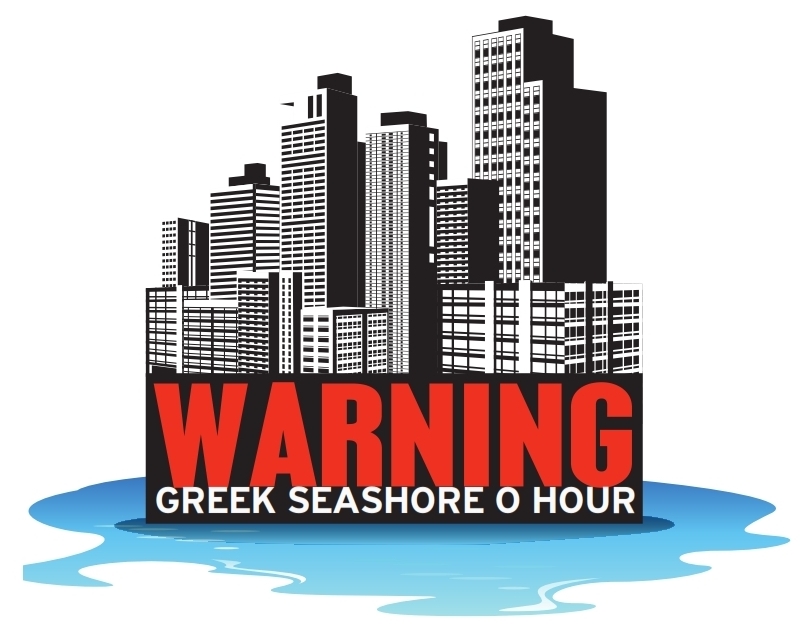- Πληροφοριακά Στοιχεία
-
Κατηγορία: on greek seashore
-
Εμφανίσεις: 3587

Today (26 June 2014), the Press Conference of the Network "Seashore Zero Hour" on the Bill on the Hellenic Seashore took place. The main arguments against the Bill were developed by: Mrs Maria Karamanof, President of the Chamber of Environment and Sustainability, Councilor of State, Mrs Despina Koutsouba, underwater archaeologist, member of the Board of the Association of Greek Archaeologists, Mrs. Helen Kaberis, researcher at the Greek Centre for Marine Research (GCMR) and Mr George Kalliabetsos, member of the Pan-Hellenic Network of Ecological Organizations (PANDOIKO).
Interventions were made by Mr. Panos Totsikas member of the Struggle Committee for the Metropolitan Park in ELLINIKO and Greek actor-marathon runner Mr Agis Emmanouil, who organized and will run the “Super-Marathon: 240 km to the seashore” (8-12 July).
Περισσότερα...
- Πληροφοριακά Στοιχεία
-
Κατηγορία: on greek seashore
-
Εμφανίσεις: 3424
Underwater antiquities and historical landscape in danger
by Despina Koutsoumba
Underwater archaeologist,
member of the administration of the Association of Greek Archaeologists
Along the seashore, the rivers and the lakes of Greece, as well as at the sea bottom, lie many important archaeological sites: wrecks of ancient ships, settlements or ancient harbor installations and other settlements that lie in the seas, the lakes and the rivers.
- 120 important underwater archaeological sites
For example, the submerged prehistoric village of Pavlopetri, off the coast of the beautiful island Elafonissos (southern Laconia, Peloponnese). The submerged prehistoric village of Salanti, in Argolida perfecture. The submerged 'enclosed' military harbors of Thasos island, Mytilene island, Aigina island etc.
-Hundreds archaeological sites that lie on the beaches
For example, the archaic Temple of Apollo Zoster, on the peninsula of Cape Zoster, now called Mikro Kavouri (Vouliagmeni, Attica). The archeological site of Itanos, one of the strongest cretan cities during the Hellenistic and Greco-Roman times, next to Erimoupolis beach, on the north eastern part of Lassithi prefecture (Crete).
-Important historical landscapes
For example, the Navarino Bay, where the naval Battle of Navarino was fought on 20 October 1827, during the Greek War of Independence (1821–32)
-Islands that are declared as archaeological sites, such as Alimnia island (Dodecanese), Gaidouronissi island (Crete) etc.
All of them endangered by the Bill relating to the coastline introduced by the Greek government. All of them endangered by the Hellenic Republic Asset Development Asset Fund, whose mission is “ the transfer of assets to the private sector and the economic benefits from ensuing direct investment in these assets and the opening up of the respective market sectors”.
Archaeological sites, historical landscape and underwater antiquities belong to the people of Greece, according to the Greek Constitution. It’s part of our history and present. We must preserve and open them to the public, preserving also the surrounding environment. We should not allow big economic concerns to build on the sea shore and on the beaches or privatize the monuments.




 240 kilometres of coastline
240 kilometres of coastline